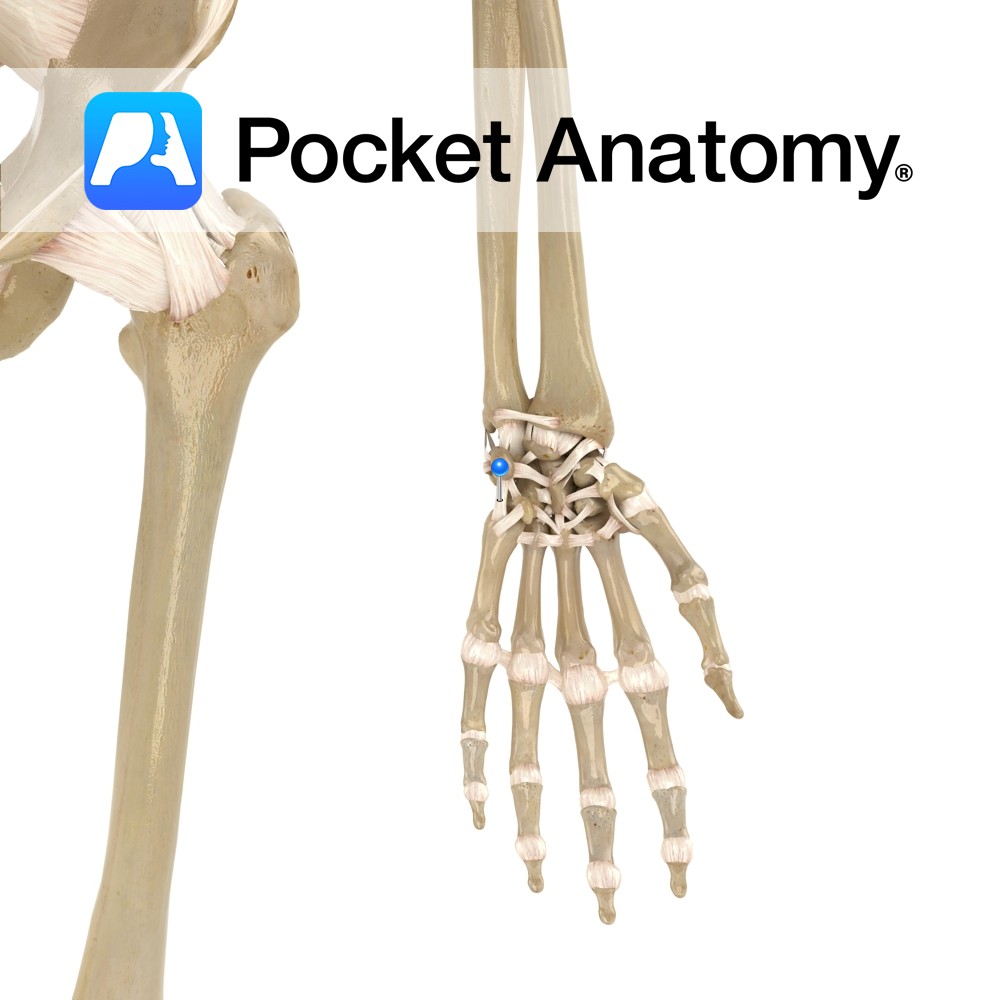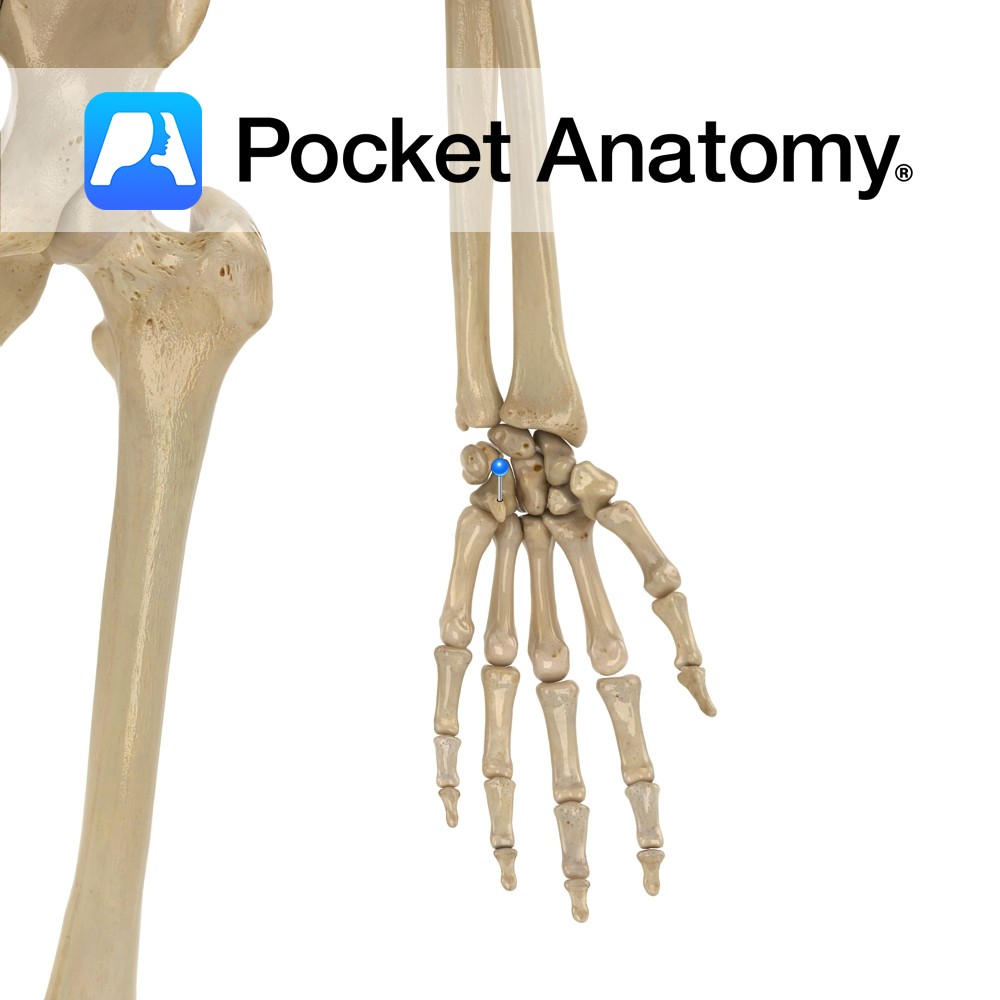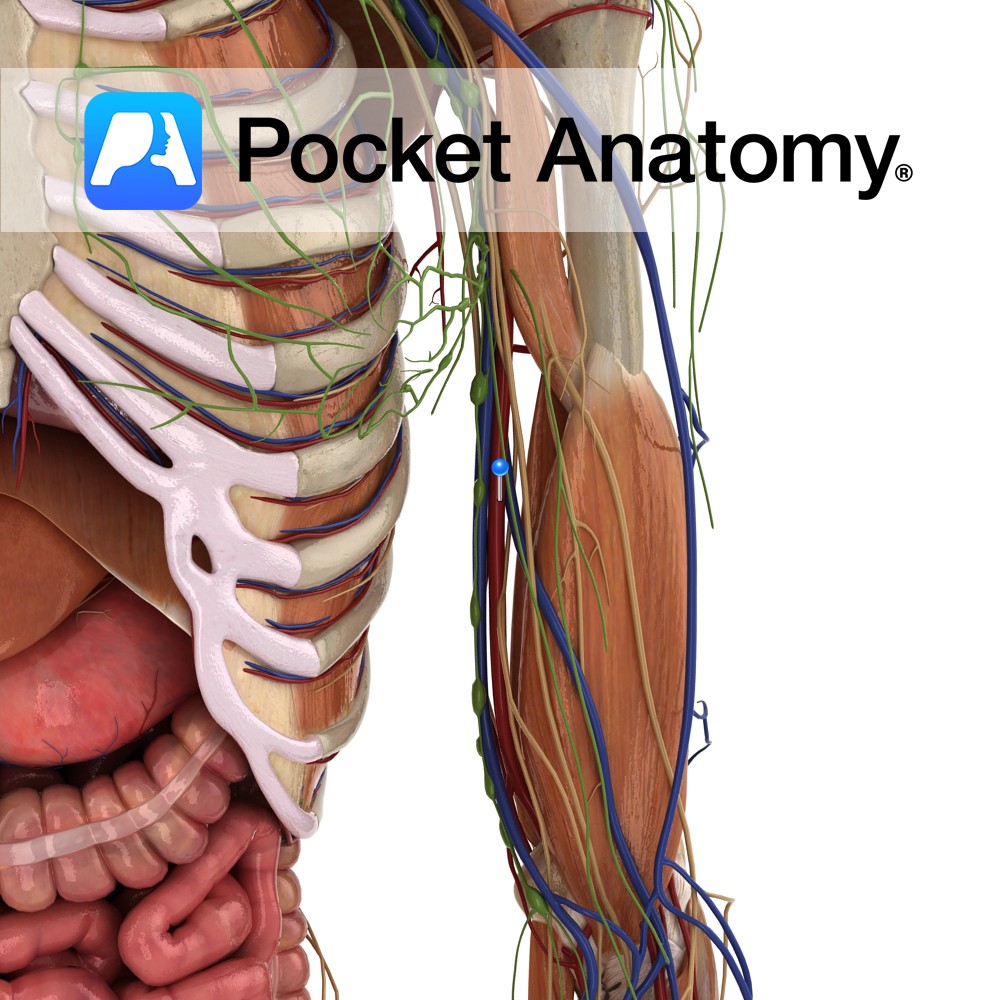Anatomy
Course
The Vagus Nerve (X) is the tenth cranial nerve, and it originates from several nerve rootlets in the brain on the anterolateral surface of the medulla oblongata. These rootlets unite to form the vagus nerve before exiting the skull through the jugular foramen. It then descends through the neck within the carotid sheath. It is here that the two vagal nerves take different courses.
The right vagal nerve crosses in front of the right subclavian artery, lying between the brachiocephalic vein and brachiocephalic trunk. It descends on the right side towards the trachea. It crosses the lateral surface of the right trachea and passes behind the root of the right lung, and is crossed by the azygos vein. Here it then lies on the oesophagus.
The left vagus nerve enters the chest by crossing behind the left brachiocephalic vein. It descends towards the trachea, crossing the left side of the arch of the aorta. Here the left vagus nerve gives off the left recurrent laryngeal nerve, which travels beneath the arch of the aorta before ascending again. The vagus nerve then continues, passing behind the root of the left lung. It then reaches the oesophagus. On the oesophagus, the two vagus nerves anastomose, resulting in the anterior and posterior gastric nerves.
Supply
The Vagus nerve supplies parasympathetic innervation to all organs below the neck, as well as a number of other structures via its branches. It is responsible for many things such as controlling heart rate, speech (via the larynx), and some gastrointestinal functions.
Interested in taking our award-winning Pocket Anatomy app for a test drive?





